Sandwich
Mexico's Most Popular Sandwich Is Also the Easiest Make at Home
Here's our ultimate guide to the torta, in all its hefty, pickle-y glory.

Join The Sandwich Universe co-hosts (and longtime BFFs) Molly Baz and Declan Bond as they dive deep into beloved, iconic sandwiches.
Listen NowPopular on Food52
24 Comments
alia
May 14, 2021
The most simple perfect sandwich I have longed for over 40 years...in Cuernavaca. A crusty and soft roll, smear of mayo, a few ( I mean few) slices tomato and avocado..
the flavor I have been unable to replicate. I think it was the bread....perhaps made with lard? Avocado not as oily as the Haas. The tomato still crisp but full flavored. That bread.....that bread ( good thing I didn’t consider the lard..I was vegetarian..would have missed out hat flavor / crave memory.
the flavor I have been unable to replicate. I think it was the bread....perhaps made with lard? Avocado not as oily as the Haas. The tomato still crisp but full flavored. That bread.....that bread ( good thing I didn’t consider the lard..I was vegetarian..would have missed out hat flavor / crave memory.
Smaug
April 29, 2021
I've heard that it's traditional, at least in some places, to yank out a handful of bread from the center of the roll to make more room in the sandwich.
caz M.
May 3, 2021
I believe so. Some offer the centre back to the customer. Most don't. [After all, profit is made when you can sell something twice.] It makes layering easier and the fillings stay put. I do this automatically now. It is the practice for many people both at work and at home to rip the centre out of a freshly bought roll/bun and set it aside to have it with a condiment before/after eating the roll. Or it goes straight to the kitchen and is saved for supping up or thickening a broth/making sauces/breadcrumbs &
croutons etc et al. We would often purchase ours while out walking. One person would want a torta, the other a soup or mole. The bread was never wasted.
croutons etc et al. We would often purchase ours while out walking. One person would want a torta, the other a soup or mole. The bread was never wasted.
tkiser
April 29, 2021
love this and the philosophical point of view for its successful creation. Tony
Heather Z.
October 30, 2018
I never in my life would have though a recipe would be needed for a sorta, a burger, or any other kind of sandwich.
Love A.
July 21, 2015
I really enjoyed your explanation of Tortas. You are knowlege, give examples, and are entertaining as well. Now I want a Torta!
Guang H.
July 19, 2015
don't matter if it ain't a torta. it's a mexican fried chicken sandwich and it looks dope!!
Angela
July 19, 2015
That is not a torta. You white people always try to change something about mexican food.
Fernando G.
July 19, 2015
What has got that to do with color? And that pretty much looks like a torta to me, at least we have them like that in Mexico City... :S
DragonFly
July 19, 2015
Colour shouldn't be an issue, lighten up! It fun learning and sharing and sometimes putting a different spin on food!
btglenn
July 19, 2015
In Mexico and here in Los Angeles tort as are spindle-shaped -- long, not round, coming to a little point at each end. They were brought to Mexico by Queen Carlotta and King Maximillion. Their reign didn't last very long, but tortas rolls did. For more recipes on tortas (and tacos as well) see if you can get the very good "Pati's Mexican Cooking" on local PBS stations. She also has recipes on her web site. I like scrambled eggs, refried beans, and salsa as my torts filling.
Sharon
July 19, 2015
You're talking about bolillo rolls. They're made in both round and football shapes so the choice is yours. Bake your own in any shape you choose. They are readily available in Mexican grocery stores and literally every supermarket here in Oakland, Calif. Our large, vibrant Mexican population blesses us with their wonderful food stuffs. Heaven on earth for me! For the less fortunate, bolillos might be difficult to find. But now that you know the actual name of the rolls you might have better luck. They are great sandwich rolls, period. Certainly any Mexican market will have them.
Sharon
July 20, 2015
Hi Charlotte. Hey, are you from Phat Matt's BBQ? I know about you guys! Heard great things about your 'Que. Nice to meet you! About the tortas, I personally don't buy tortas because I'm all about the corn. Wrap me up with some corn tortillas and I'm happy. I really love chile rellenos, chile verde, ANYTHING with guajillo chile sauce, stuff like that. I don't fool around with sandwiches much. But I always scoop up a couple of bolillos when I go shopping because we like to have them on hand. I hear the food truck in the parking lot of our Mexican grocery on 23rd Ave., just below Foothill, makes some slammin' tortas. I know they sure smell good and look good every time I walk by. They also make the nicest little quesadillas with corn tortillas instead of flour. Very nice for a change. Will get by for some of your barbecue one day soon, and I'll be sure to come up and say hello. Happy cooking! Sharon
Charlotte G.
July 20, 2015
Yep, that's me guilty as charged...lol. Just know that if you come to our restaurant, come early as we are currently selling out everyday. I will have to check out that spot you mentioned, I've been on the great Torta chase for a minute now...lol. Would love to meet you soon.
Indfused
July 19, 2015
Great post! I will be looking for that pillowy bread as I have all the other ingredients in my refrigerator!
DragonFly
July 19, 2015
Oh my this looks good, I even have all the ingredients waiting in my fridge!
ennui
July 15, 2015
Great post! Thanks for the ideas. I made some tortas for dinner tonight, and they were delicious. I'm looking at the picture of your torta on the website, and I'm wondering what sauce is dripping over the chicken cutlet. You mention a "queso sauce." Is that it? Ingredients? Thanks!
Fernando G.
July 13, 2015
The best thing of making "tortas" is naming them after their ingredients. In tortas stands throughtout the coutry you'll find them named after countries, either because the ingredient is native to a region, or because national stereotyped traits (e.g. in America there are blond people, so an American torta would have cheese to resemble this blondness; or Russians might be perceived as having long legs, then a Russian torta would have pork or turkey haunches).
Examples from the top of my head: an American Torta would have american cheese, a German torta would have saussages, a Swiss torta would have three different types of cheese, a Russian would have cheese and pork haunch, a Hawaiian torta would have pineapples and pork ham with bacon, a Norwegian torta would have codfish, a Spanish torta would have chistorra, chorizo and cheese, an Argentinian torta would have steak with chimichurri sauce and bacon.
At last, every stand has a Cuban torta which has almost every ingredient available to the tortamaker. Don't know why it is named thus, but it is now a common name.
Examples from the top of my head: an American Torta would have american cheese, a German torta would have saussages, a Swiss torta would have three different types of cheese, a Russian would have cheese and pork haunch, a Hawaiian torta would have pineapples and pork ham with bacon, a Norwegian torta would have codfish, a Spanish torta would have chistorra, chorizo and cheese, an Argentinian torta would have steak with chimichurri sauce and bacon.
At last, every stand has a Cuban torta which has almost every ingredient available to the tortamaker. Don't know why it is named thus, but it is now a common name.
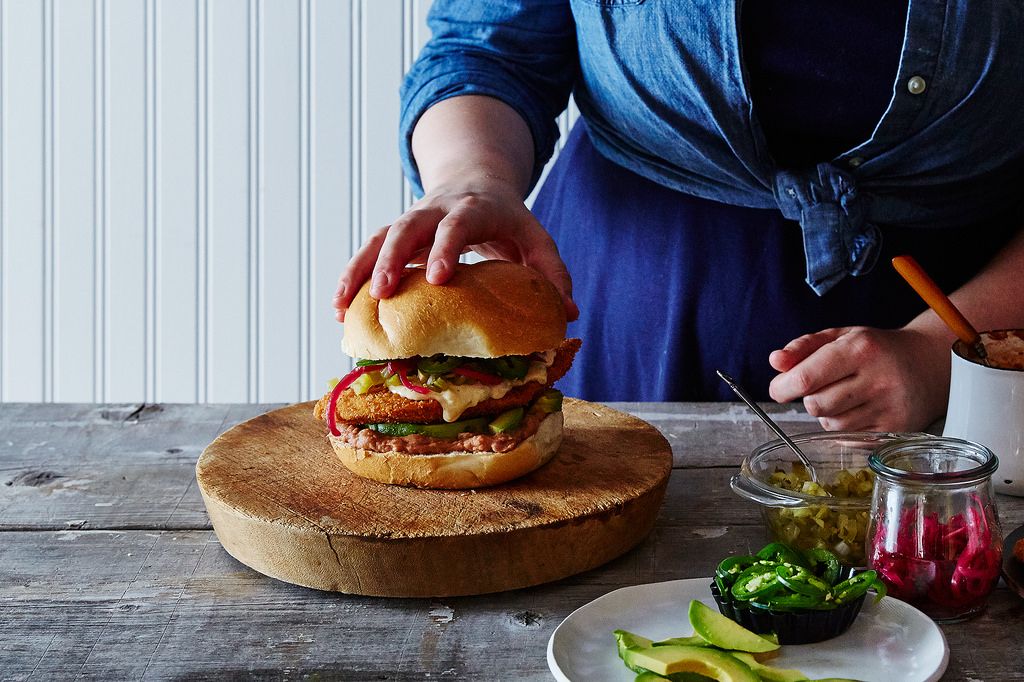
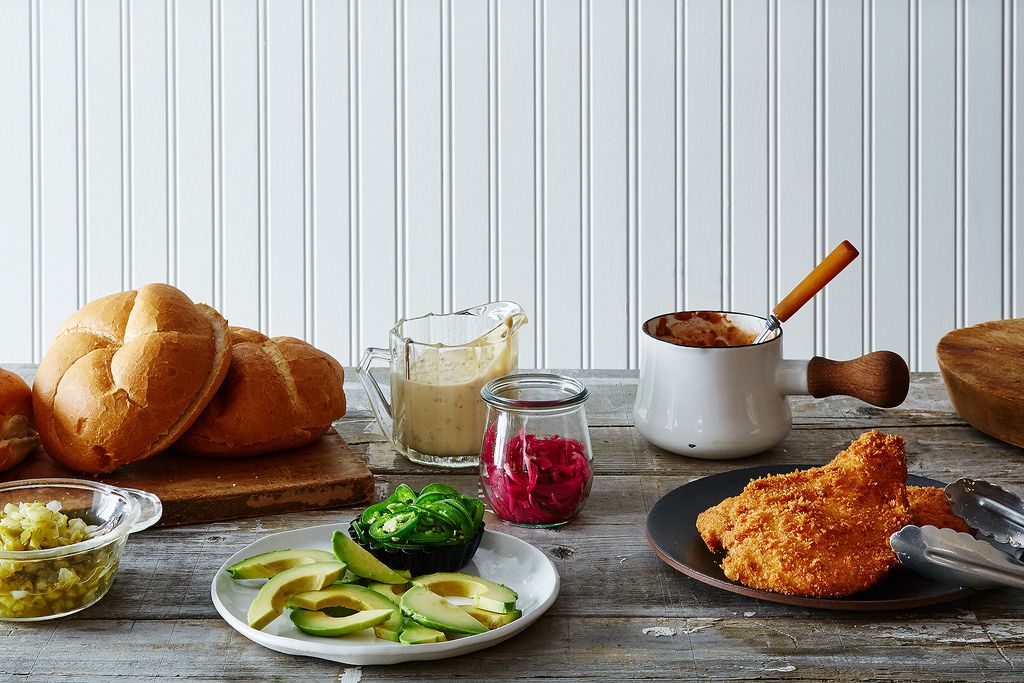

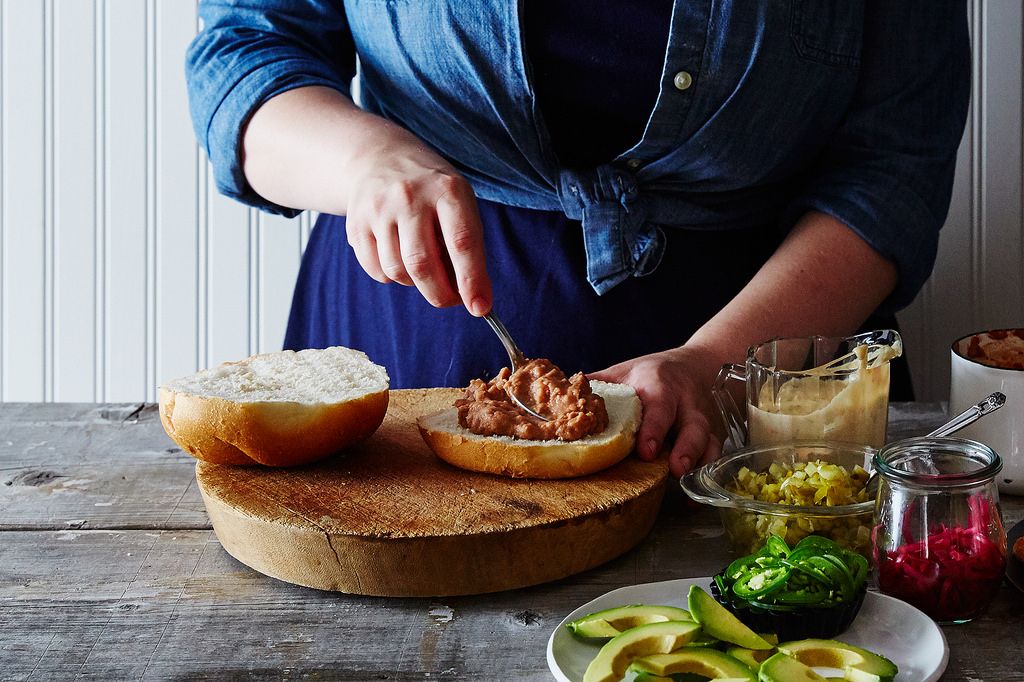

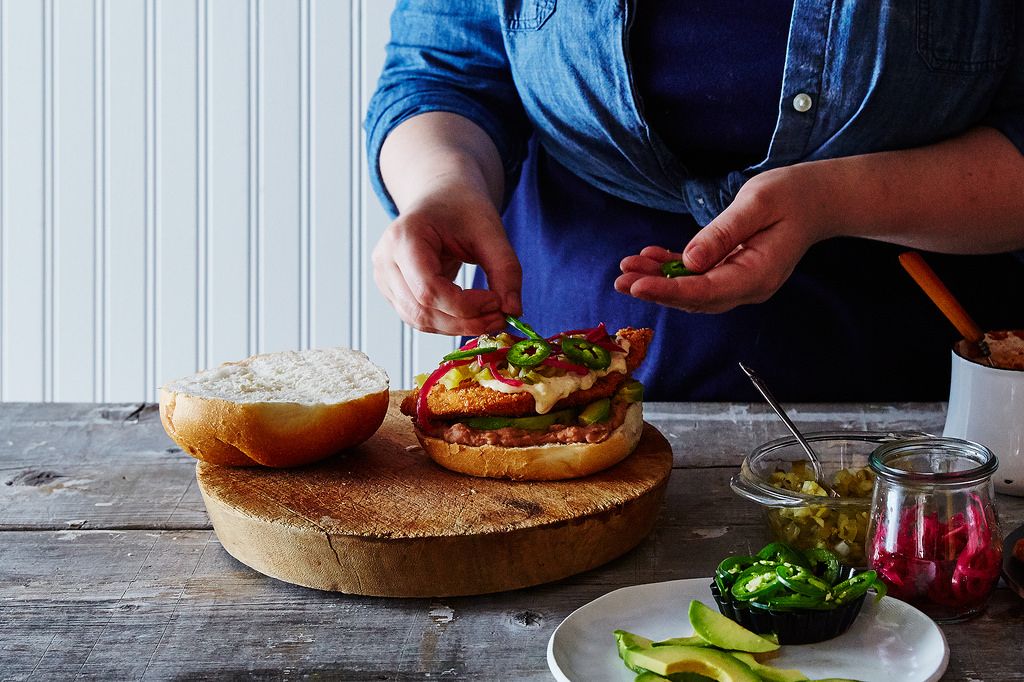
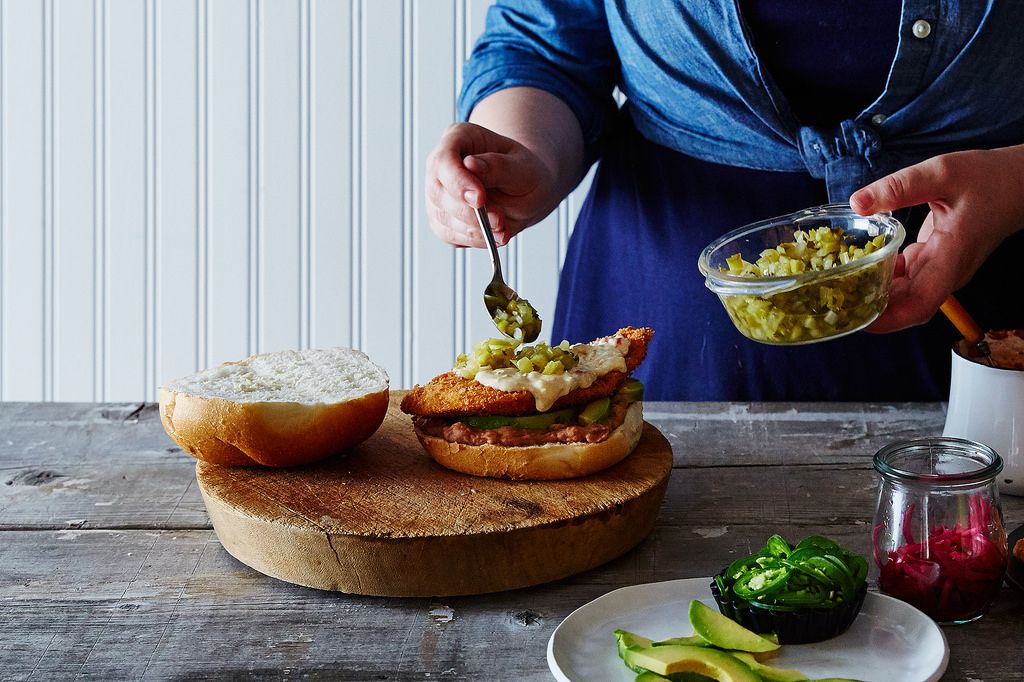
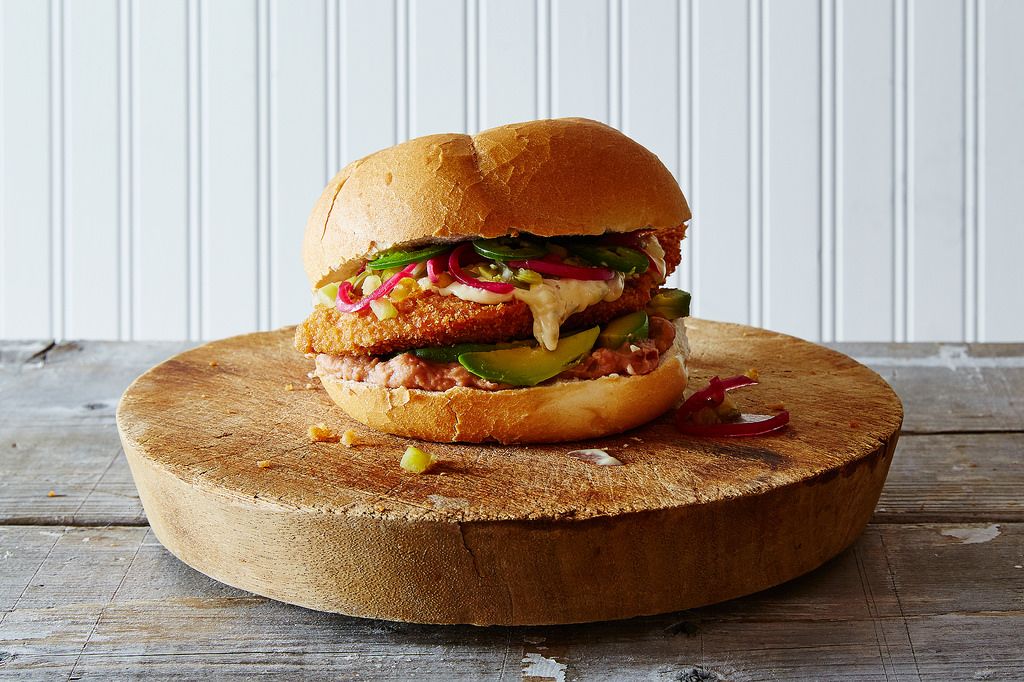

See what other Food52 readers are saying.